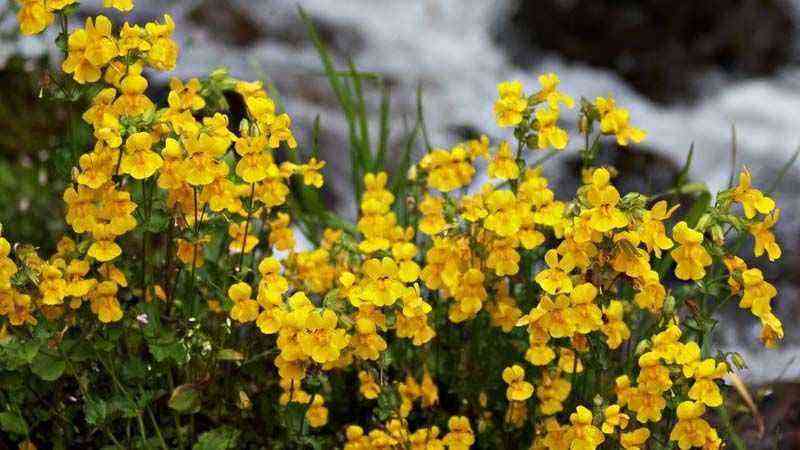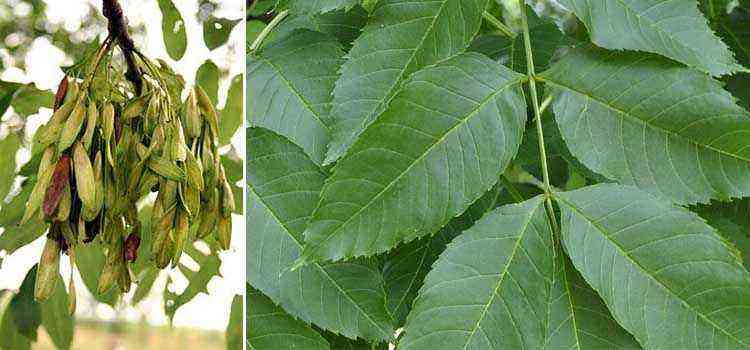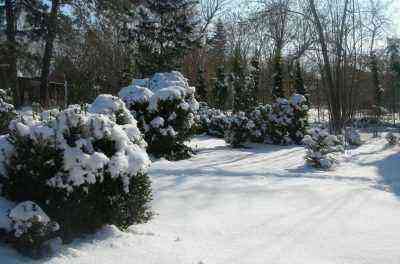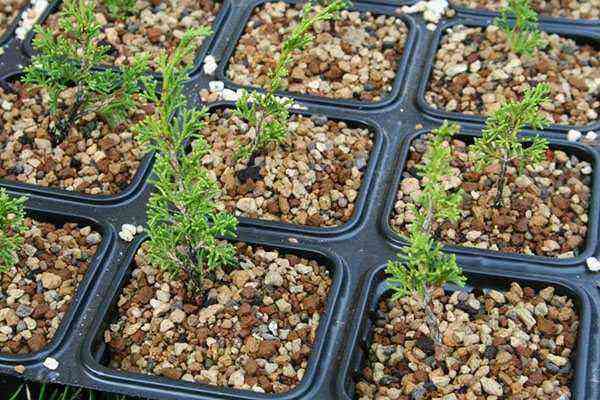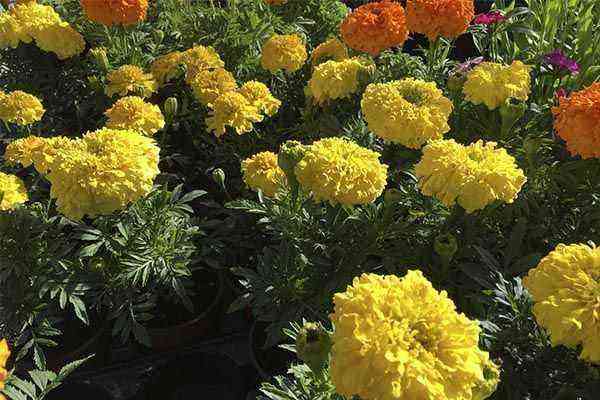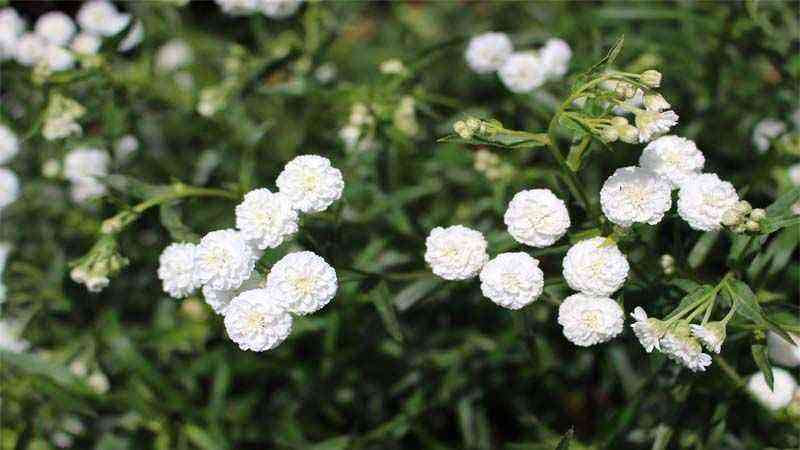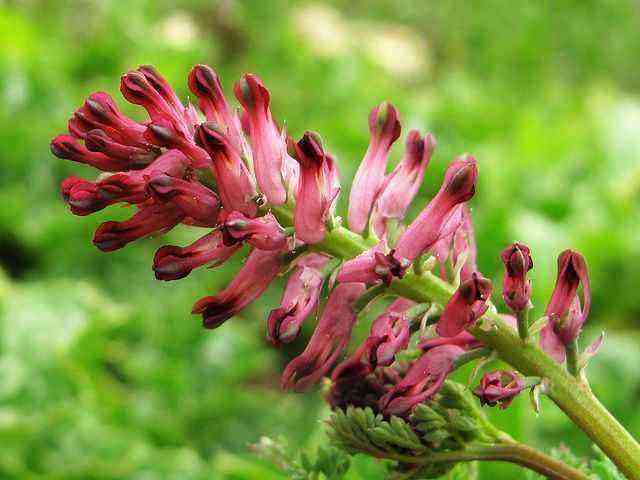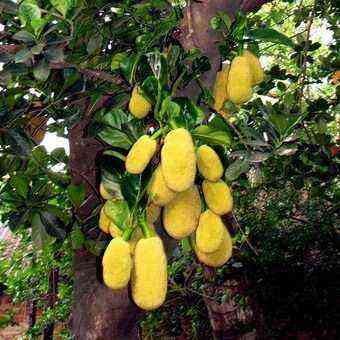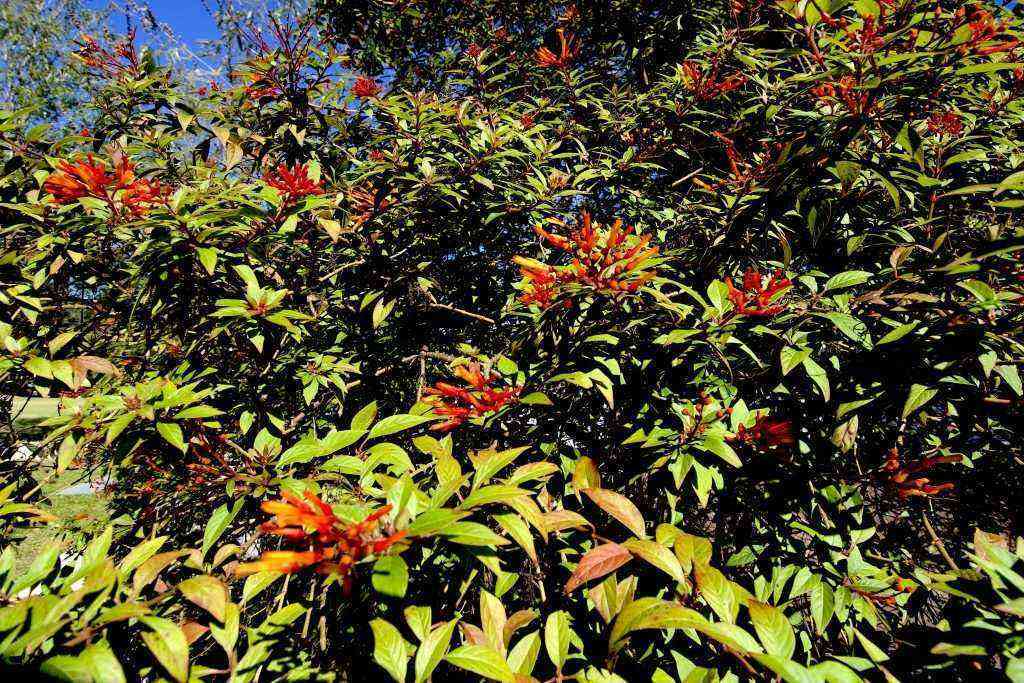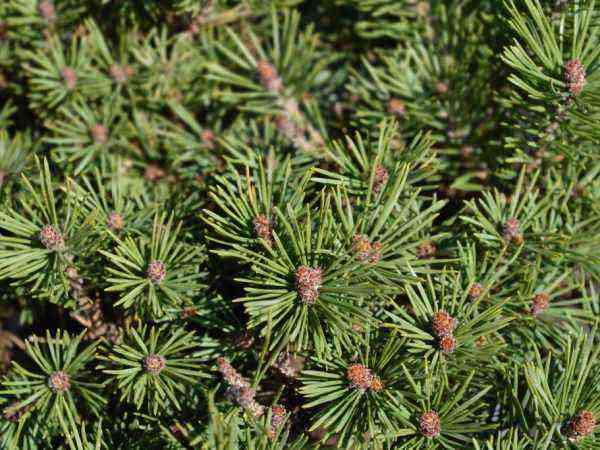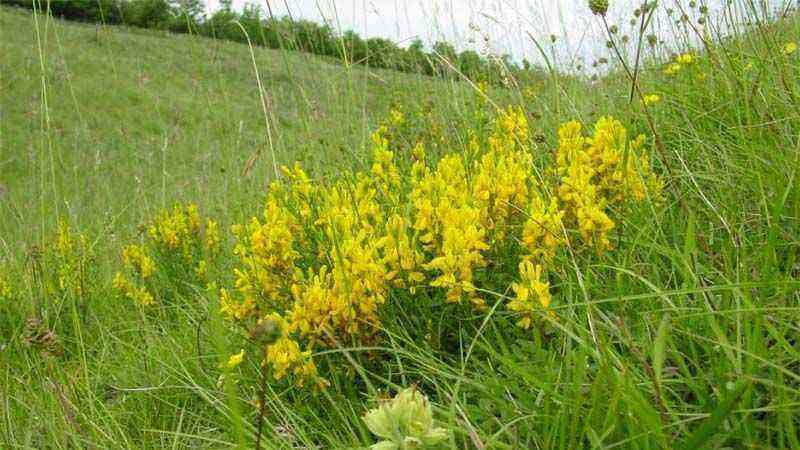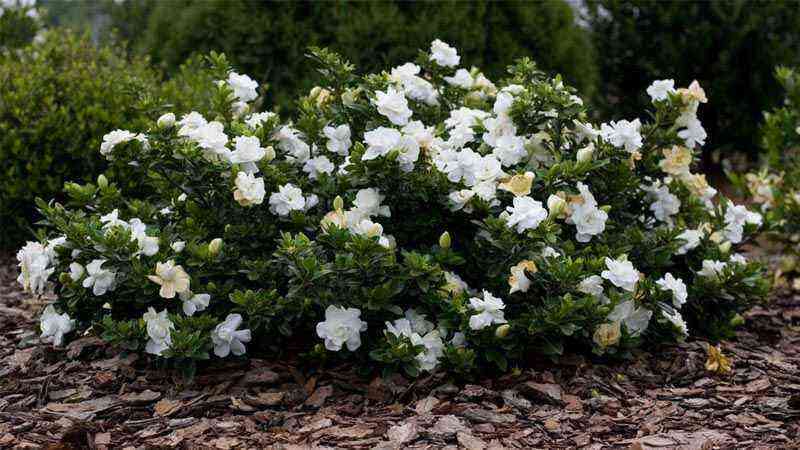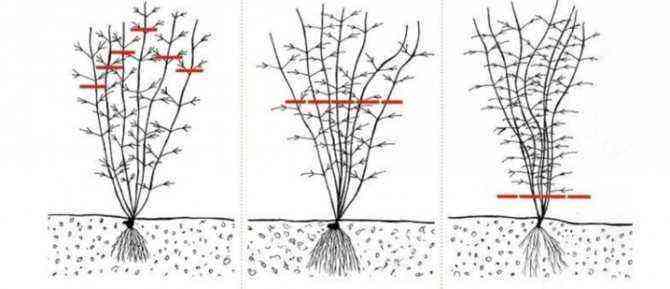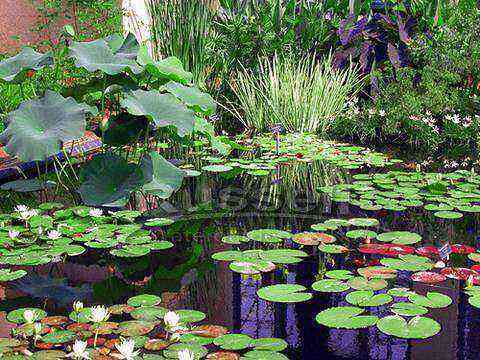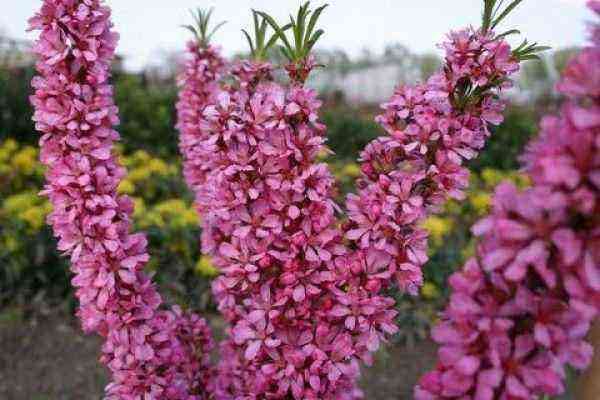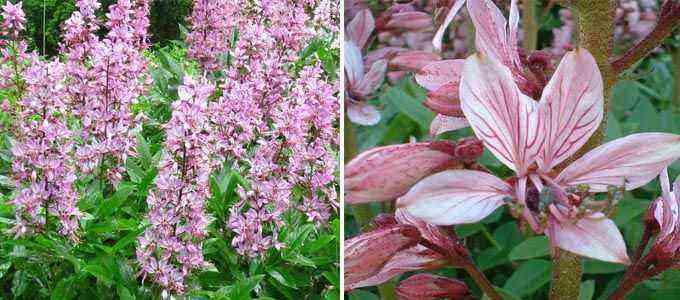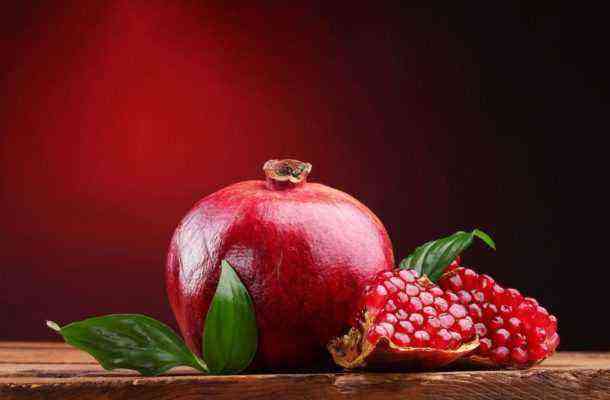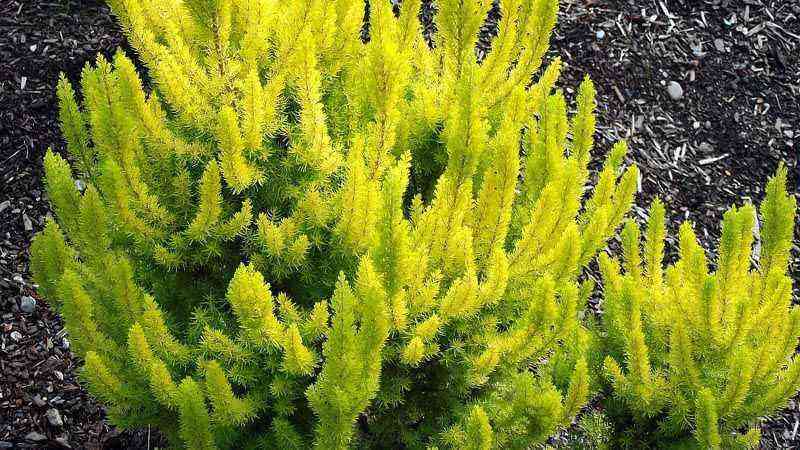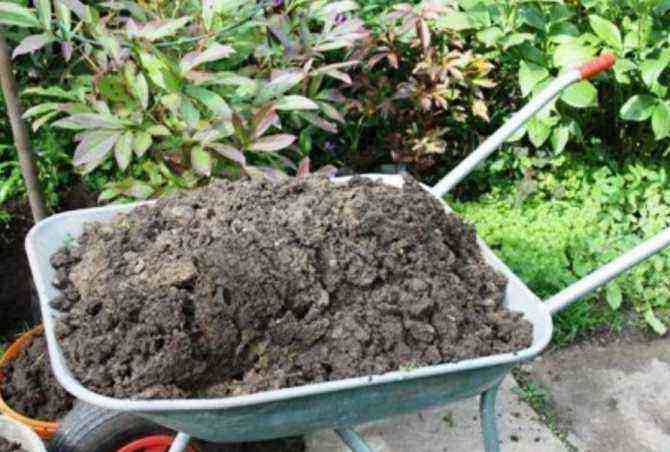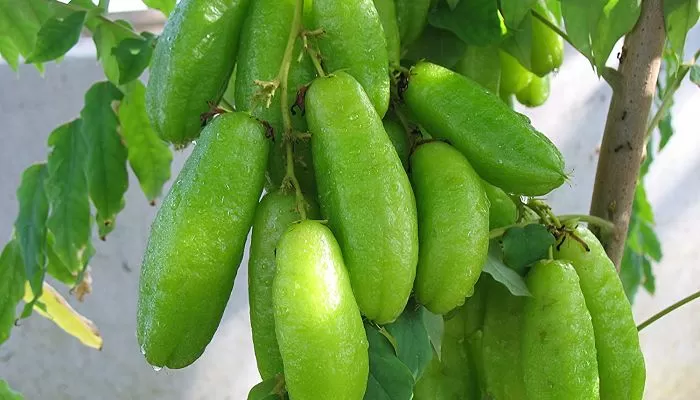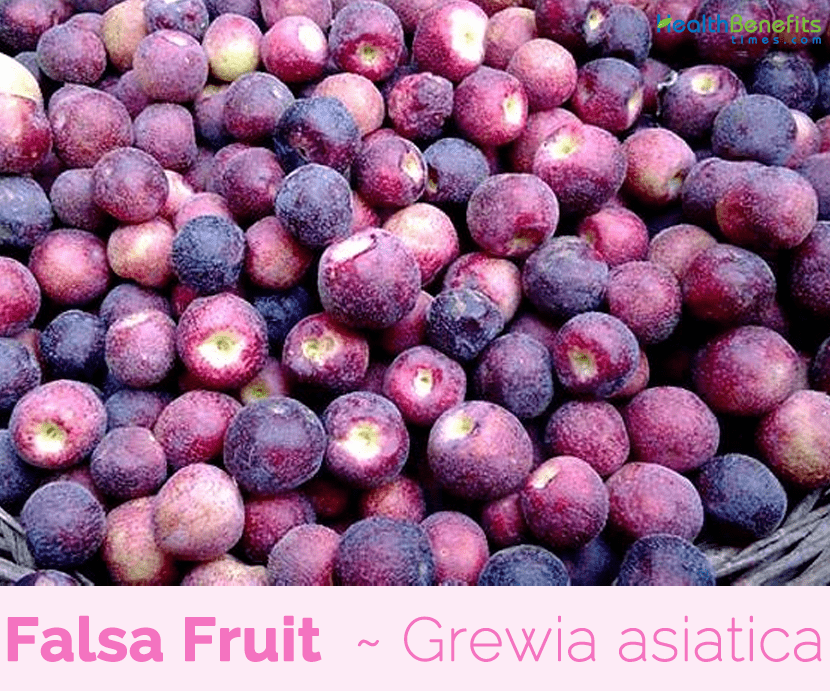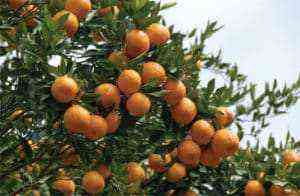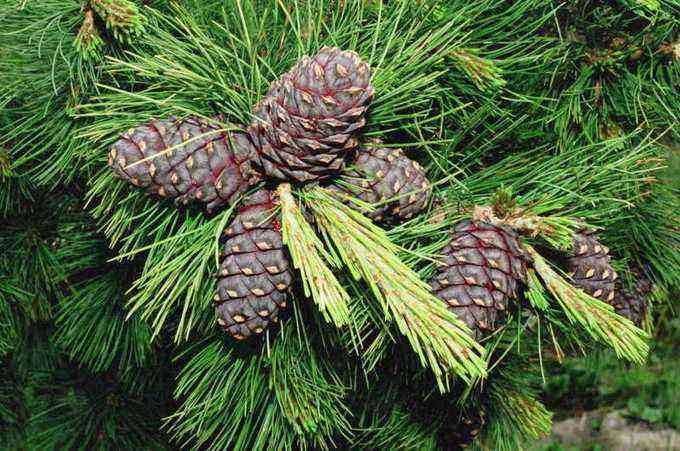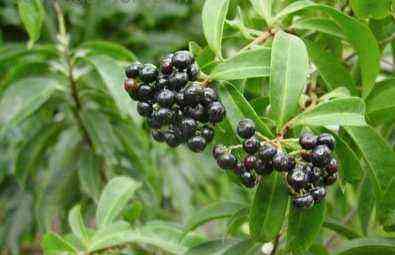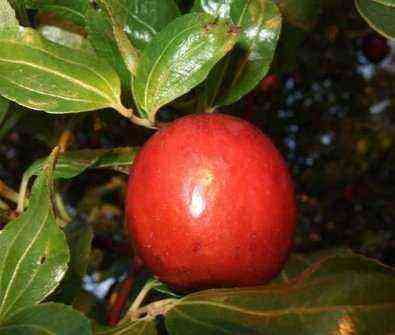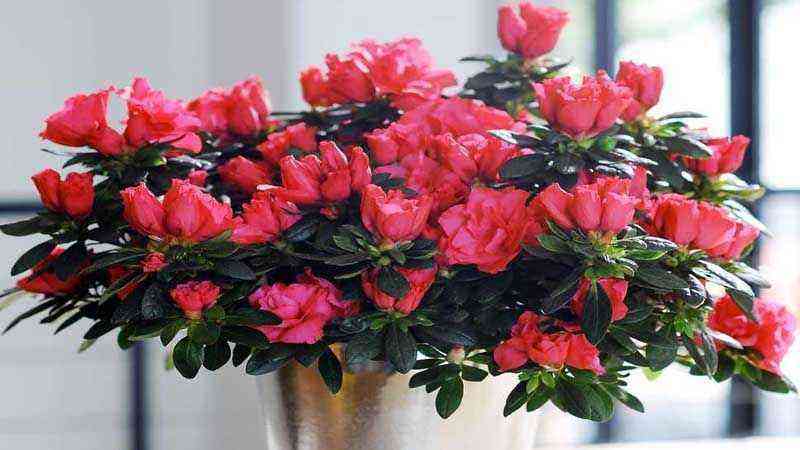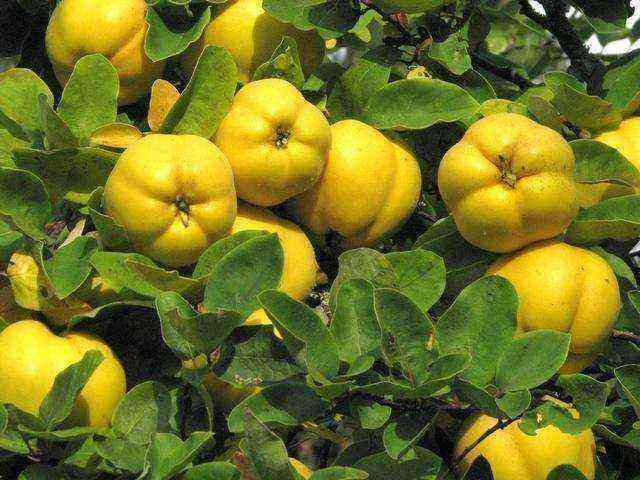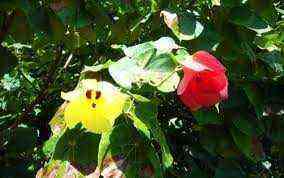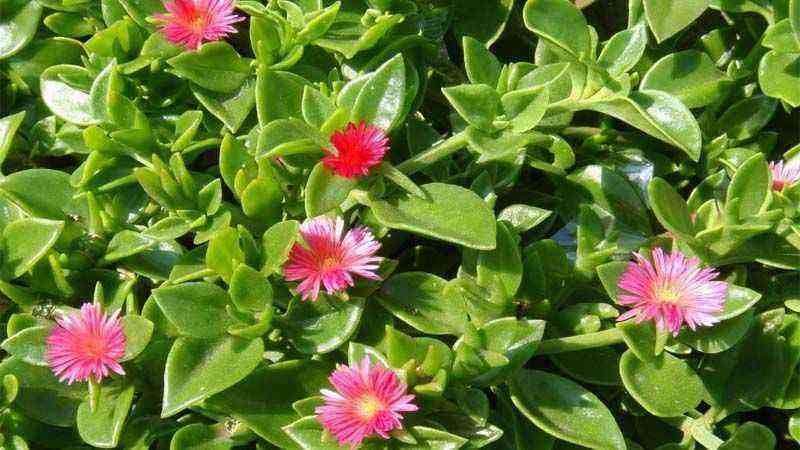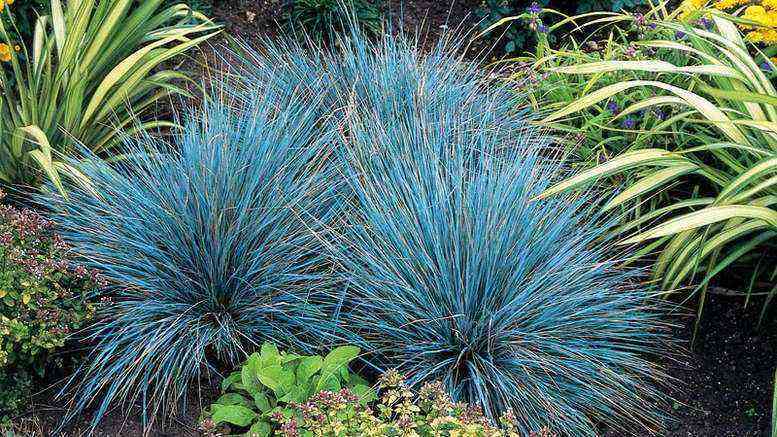Peperomia is a genus of plants commonly or colloquially called its main species as Maria’s heart. It is characterized by the contrast of its foliage, leaving its flowers a little aside, they are small plants that serve as decoration, for example, as a centerpiece.
In this article we will tell you all the characteristics and a growing guide for Peperomia.
Main characteristics of the genus of plants Peperomia
Of this beautiful plant there are various types reaching the amount of more than 1600 different species. It is a plant native to South America, what stands out the most is that its leaf is heart-shaped, its leaves are green and very fleshy.
The flowering time of these plants is usually June to September, creating a kind of small spikelets of elongated shape and a white or beige color. As a curious fact, they are also known as the mouse tail because of its curious shape.
Best known species of the genus Peperomia
Within the large number of representatives of this genus, there are some species that are the best known at an ornamental level. Among them we find many physical differences (but not when growing them), so it is recommended that you find the file for each plant to see which one may be your favorite.
Of each of them, we tell you what their differences are and the main considerations when cultivating them.
Peperomia Magnoliifolia
It is the best known species, it does not exceed 30 centimeters in height. In its leaves we can find different tones and natural spots that offer a great ornamental appeal. They are fleshy and have an irresistible natural shine.
This species is recommended for growing indoors, in pots, in warm and well-lit areas.
Peperomia Griseoargentea
It is an easy plant to find since it is cultivated worldwide. It usually grows wild in Brazilian forests. It has a very dense foliage, but it is a low plant with stems that do not exceed 20 cm in length, ideal for growing in pots.
As the main differential, its leaves are grayish or silver, so it is quite interesting to play with different varieties of greenish and grayish Peperomias.
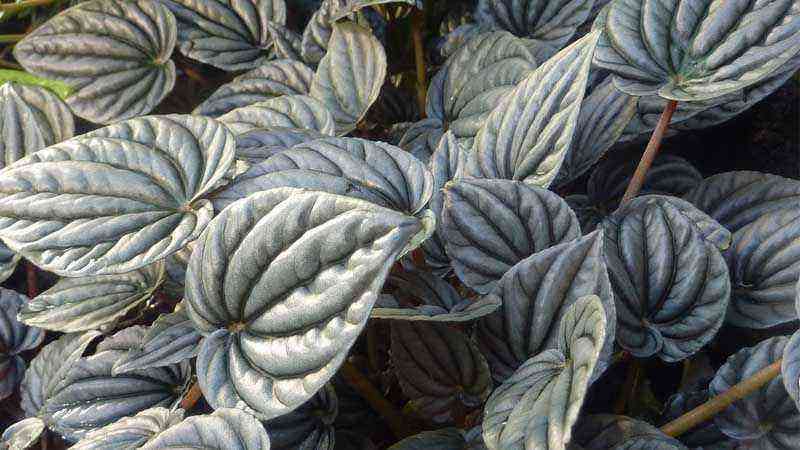

Peperomia Griseoargentea
Peperomia obtusifolia
It is native to Florida, Mexico and the Caribbean. It is a herbaceous and perennial plant that can grow up to 25 centimeters. It does not require great care since it can store water itself in its leaves. It offers great dark greenery and a high density of foliage.
Its great attraction is that it is easily reproduced by stem cuttings.
Peperomia Caperata
It is native to Brazil, being very well adapted to grow in pots, since it has a short stature. Its leaves are dark green, fleshy and shiny.
The leaves have a dark greenish color but are very bright, which often gives us the feeling that they are made of plastic. They usually bloom between April and December.
Peperomia Scandens
This variety does not support direct sunlight, so the most suitable environmental conditions are usually places with higher relative humidity and with a not very high temperature. Physically it is very similar to some varieties of pothos.
It should be kept away from direct sunlight and its cultivation adapts very well to hanging pots.
Peperomia Sandersii
It is also native to Brazil but used as an ornamental plant almost all over the world. This species is also a great representative of this genus, with a great density of foliage and an ideal size for growing in pots.
Its leaves are green with grayish lines or of various greenish tones, being visually very attractive.
Main plant care Peperomia
Location, humidity and temperature
Peperomias are tropical plants they need warm temperatures throughout their growth. Therefore, it is common to grow them indoors.
Temperature
The ideal temperature range for this group of plants is between 16 and 22 ° C. However, its range is much higher, and it can be grown outdoors in warm areas. In any case, you have to avoid temperatures below 10 ºC so as not to paralyze their growth.
Lighting
The best known species of this genus prefer bright environments, but without directly receiving the solar rays. Avoid placing it in very dry areas, since needs some humidity. A well ventilated space but without ambient dryness and with good lighting will be ideal.
Humidity
They like high humidity, so during spring and summer, it is recommended spray every 3 or 4 days all the foliage of the plant with softened water.
Substrate characteristics
Peperomias prefer substrates slightly acidic, very fertile and fluffy. For this reason, peat mixed with worm humus and coconut fiber or perlite is a recommendation to provide nutrients, good drainage and excellent moisture retention.
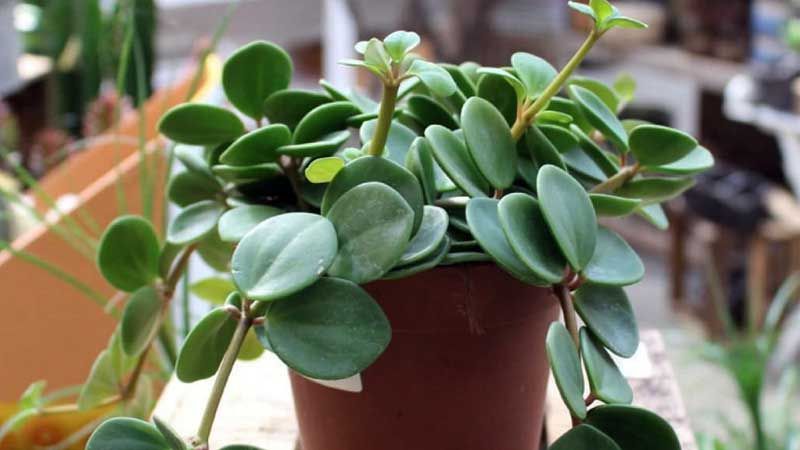

Watering tips for Peperomia
This group of tropical plants need to maintain a constantly wet substrate, but never waterlogged. Due to this, we have recommended mixing the substrate with coconut fiber or perlite, since it is a very porous material that drains very well and offers a magnificent oxygenation to the medium.
Watering must be done frequently enough to keep the substrate with medium humidity throughout its growth. Therefore, a approximate irrigation plan it can be the following:
- Watering for pots in hot weather: 2 irrigations per week (grown indoors).
- Watering for pots in cold weather: 1 watering every 7 days (grown indoors).
To know the volume of water to add, it is usually watered with 1/3 or 1/4 of the total volume of the pot. If, for example, we have a pot with a volume of 1 liter, we will add between 250 and 300 ml of water.
Fertilizer application
The budding of the plant begins when the time of exposure to light increases, in late winter or early spring. At this time it is usual and advisable to provide an organic fertilizer or mineral along with irrigation water.
Among all the available fertilizers, we can provide fertilizers for green plants, rich in magnesium and nitrogen.
Multiplication
Reproduction of this plant is easy and is made by cuttings, both stems and leaves. Another simple way is to do it by bush division, carefully separating the roots and transplanting the part of the plant into a new pot.
Possible pests and diseases
Grown indoors, it is quite rare to receive a visit from some pests, the common ones being mealybugs. Due to the volume of the plant, they are usually removed by rubbing with a damp cloth and cleaning them manually.
As for diseases, the best known are caused by soil or substrate fungi in conditions of high humidity. Hence, it is highly recommended to offer good drainage in the pot and never overdo it with watering.
The first detections of the fungi will be when we see black or brown spots on the stems and leaves.
